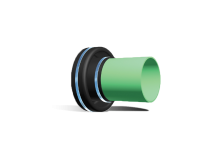Model OVP Over-Voltage Protector by Dairyland Electrical
The Over-Voltage Protector (OVP) is a solid-state device primarily designed to provide over-voltage protection from
lightning and AC fault current in isolated joint applications; however, it also addresses many other cathodic protection
applications. It also serves as an effective grounding (or coupling) path if the voltage across its terminals attempts to
exceed a predetermined value selectable from 1.0 to 4.0 volts.
The OVP functions as an AC and DC isolation device (i.e., it prevents the flow of both DC and AC current) up to a
predetermined voltage blocking level and as an effective grounding (or coupling) path when the voltage attempts to
exceed this level. If the voltage attempts to exceed the voltage blocking level selected, the device immediately begins to
clamp (i.e., limit) the voltage by allowing current to readily flow between its two connection points.
The OVP should only be used where the steady-state DC voltage plus the peak AC voltage (if any AC voltage is present) is
less than the blocking voltage selected; other-wise AC rectification will occur, possibly affecting cathodic protection levels.
Where over-voltage protection is required and induced AC voltage is present, it is recommended that PCR, PCRH, or
SSD models be used because these can con-duct AC current while blocking the flow of DC current.
OVP Overview
Designed to address needs for an explosion-proof protection device, the OVP line of products uses solid-state switching components to conduct at very low voltages, providing the most reliable over-voltage protection available to the industry. The OVP is rated for AC fault current and lightning, ensuring peak performance for the product’s long life outperforming other protection products such as spark gap arresters and surge diverters. The OVP was designed and has been tested to meet the requirements for Class I, Division 1 & 2, Group B, C, D classified locations in North America, and for Zone 1 requirements internationally. The model OVP is primarily used in Class I, Division 1 hazardous locations, requiring explosion-proof construction.
The OVP was designed and has been tested to meet the requirements for Class I, Division 1 & 2, Group B, C, D classified locations in North America, and for Zone 1 requirements internationally. The model OVP is primarily used in Class I, Division 1 hazardous locations, requiring explosion-proof construction.
Note: the OVP is not recommended where steady-state AC voltage exists between the connection points, typically induced AC voltage.
Features & Characteristics
- The only fail-safe "arrester" on the market (i.e., fails shorted).
- Solid-state design eliminates arcing.
- Conduction at much lower voltages than gapped arresters.
- Rated for AC fault current and lightning surge current.
- Suitable for submersed or above-ground locations.
- UL, C-UL listed explosion-proof design.
- Corrosion resistant nickel finish.
Typical Applications
- Insulated Joint Protection
- Airport Fueling Systems Isolation / Bonding
- Decoupling Equipment Grounds
Specifications
Threshold Voltage (absolute)
- -3/+1V (standard)
- -2/+2V (standard)
- Up to -4/+4V (optional)
Lightning Surge Current
- 100 kA crest (8 x 20 µs waveform)
Environmental rating:
- NEMA 6P
- IP68
Hazardous (classified) areas:
- Per NEC, CSA: Class I, Division 1 & 2, Groups A, B, C, D
- Per EN50021: Zone 2
![]() Third-party listings & approvals:
Third-party listings & approvals:
- Underwriter's Laboratories (UL)
- Underwriter's Laboratories - Canada (C-UL)
- CE Mark
| AC Fault Current (Amperes - rms) | ||||
| Cycles | 50/60Hz | |||
| 1 | 6,500 | |||
| 3 | 5,000 | |||
| 10 | 4,200 | |||
| 30 | 3,700 | |||
Model Number Description Chart
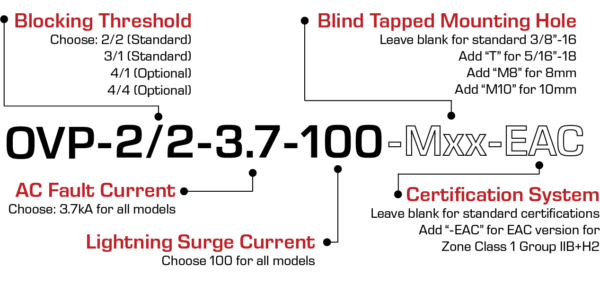
Class I, Div. 1, Groups B, C, D and Zone 1, Group IIB + H2.
Class & Division System: UL (United States) and C-UL (Canada)
- Effective Ground Fault Current Path per:
- NFPA 70 (US National Electric Code – NEC): Article 250.4(A)(5)
- CSA C22.1 (Canadian Electric Code, Part I): 10-100 & 10-500
- Isolation of Objectionable DC Ground Currents per:
- NFPA 70: Article 250.6(E) CSA C22.1: 10-100 & 10-500
- CSA C22.1: 10-100 & 10-500
- Hazardous Location Use: Class 1, Division 1 & 2, Groups B, C, D by UL & C-UL per:
- UL 1203, 5th Ed. and CSA C22.2 No.213-17
- Safety Requirements for Electrical Equipment per:
- UL 61010-1, 3rd Ed. & CSA C22.2 No. 61010-1, 3rd Ed.
- Overvoltage Protection from Impulse (Lightning) Current: 100kA (8 x 20µs)
- Enclosure Rating: NEMA 6P
- Temperature Range: -45°C to +85°C (-49°F to +185°F)
Zone System: ATEX / IECEx / UKEx (Europe / International / UK). ATEX per directive 2014/34/EU (Equipment for use in Potentially Explosive Atmospheres):
- Zone 1, Group IIB, Flameproof "db"
- EN IEC 60079-0: 2018
- EN 60079-1: 2014
- IEC 60079-0: 2017
- IEC 60079-1: 2014 - 06
- Overvoltage Protection from Impulse (Lightning) Current: 100kA (8 x 20µs)
- Temperature Range: -20°C to +60°C
- Enclosure Rating: IP68
EAC: Russia, Kazakhstan, etc. by NANIO-CCVE:
- Zone 1, Group IIB, Flameproof "d"
- GOST 31610.0-2014 (IEC 60079-0:2011)
- GOST IEC 60079-1-2011
- Temperature Range: -45°C to +85°C
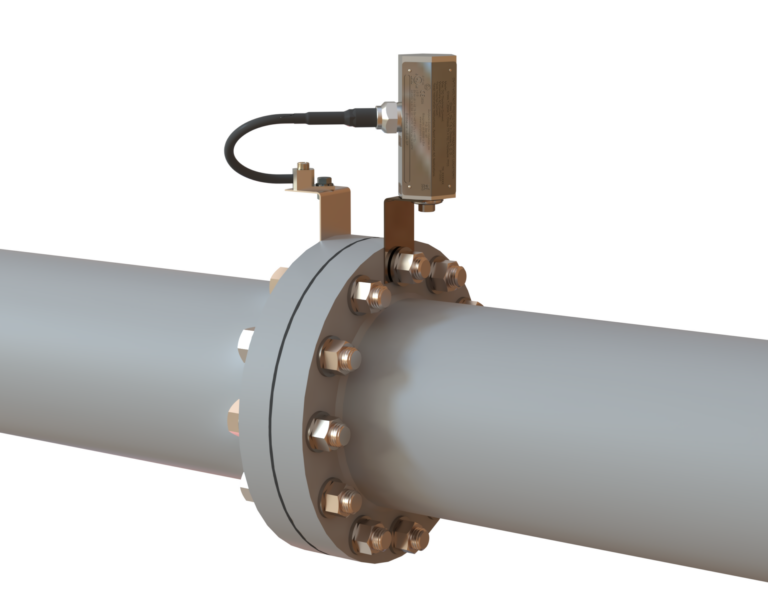
(FMFB)
Flange Mounting Kit using Flange Bolts |
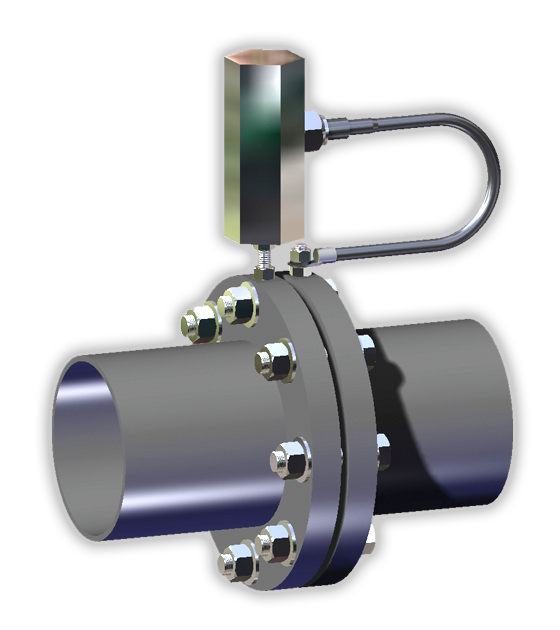 (FMTH)
Flange Mounting Kit Using Tapped Holes |
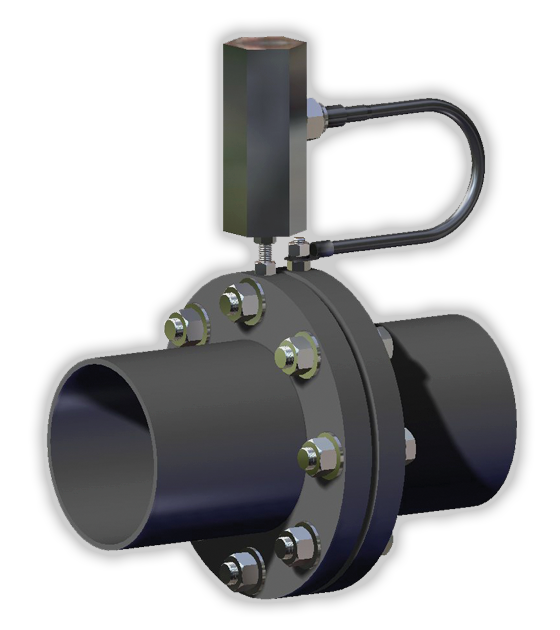 (FMWHB)
Flange Mounting Using Welded Hex Bolts |
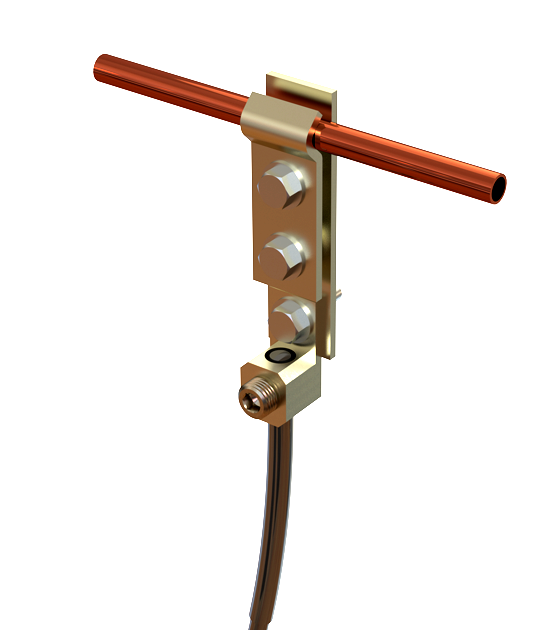 (MTC-38)
Mounting Kit for Small Diameter Tubing |



